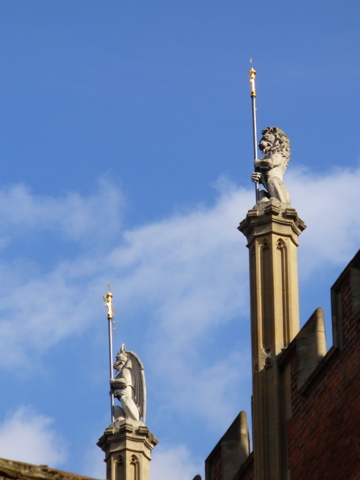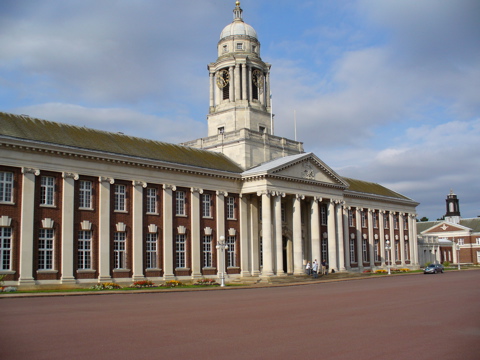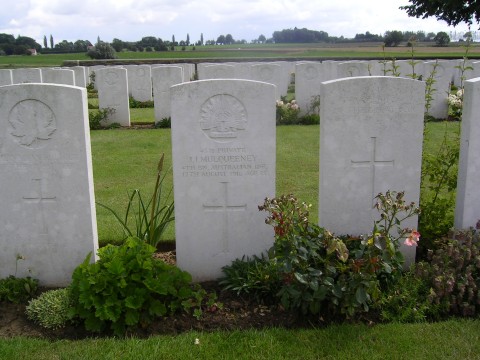Apropos of nothing in particular
No, really. You have sat here too long for any good you have been doing. Depart, I say, and let us have done with you. In the name of God, go! Leo Amery (paraphrasing Oliver Cromwell’s dismissal of the Rump Parliament), in reference to Prime Minister Neville Chamberlain, 7 May 1940.




